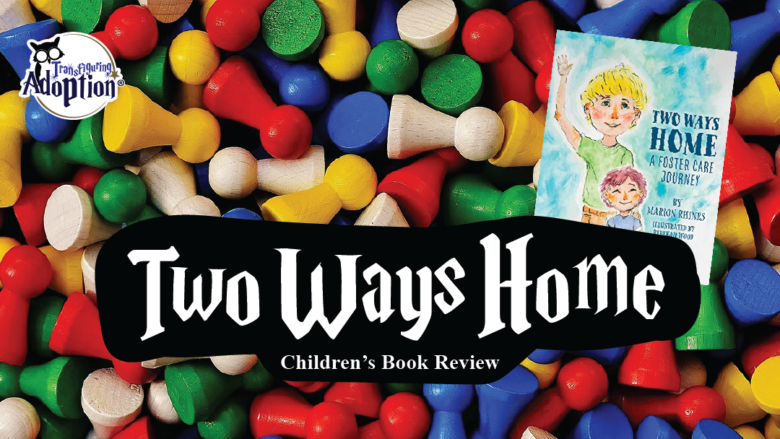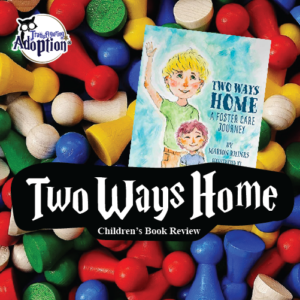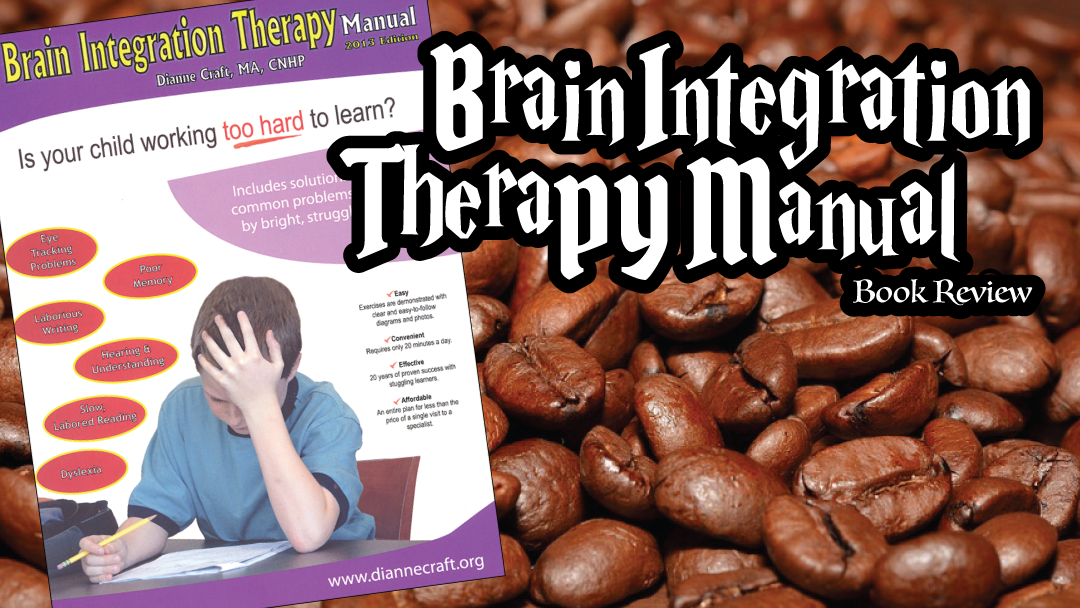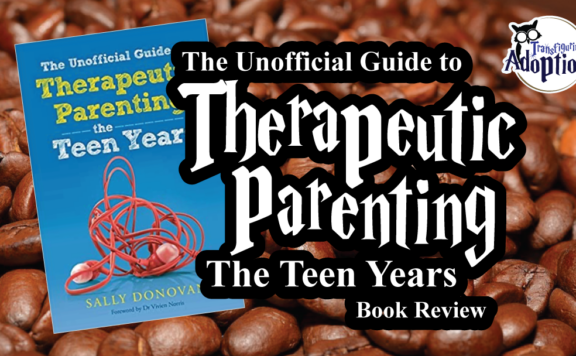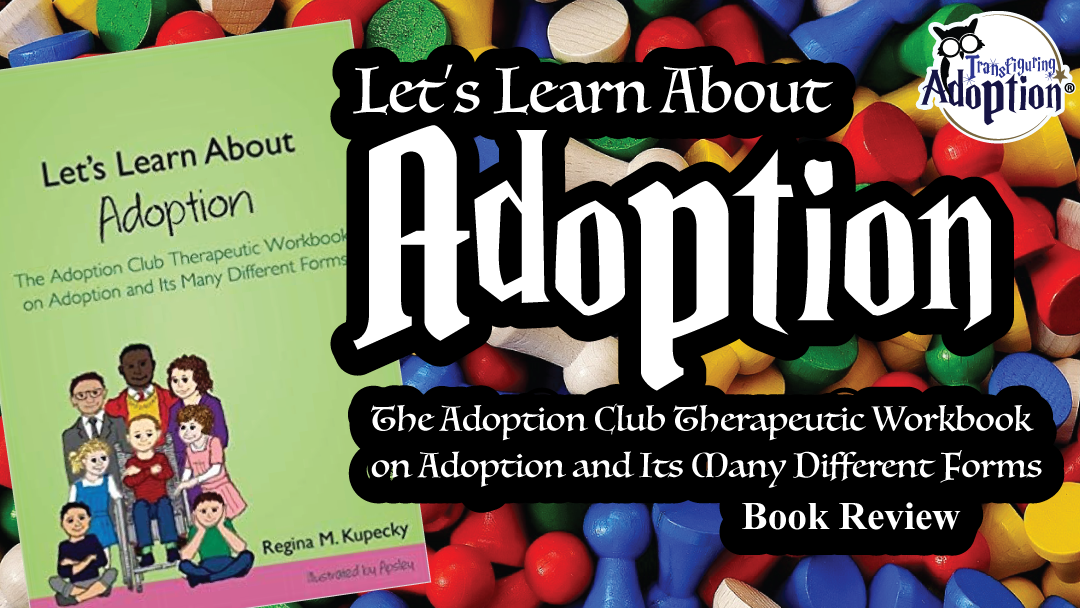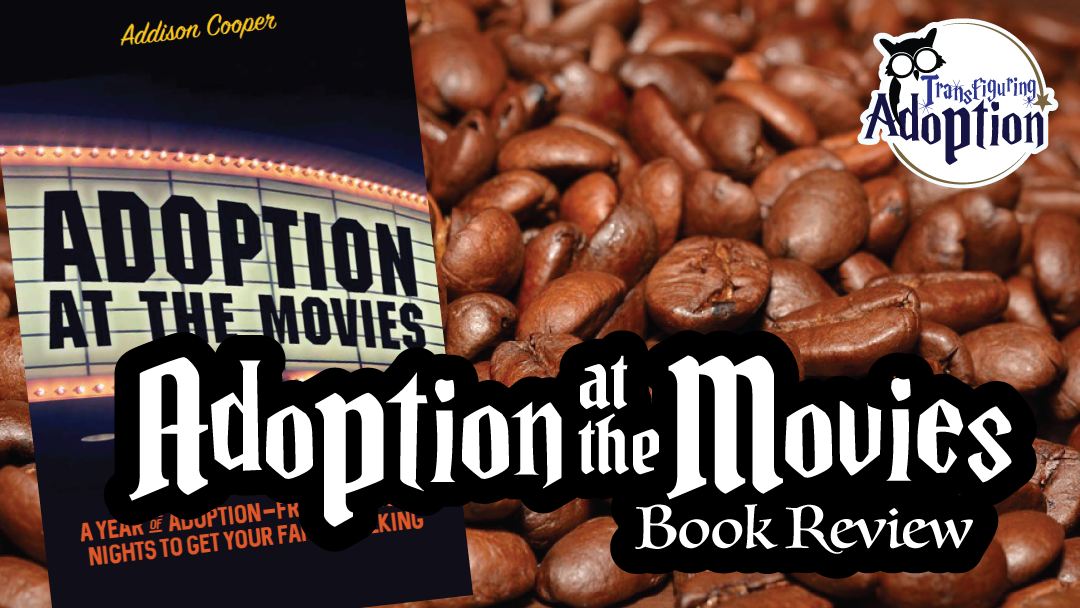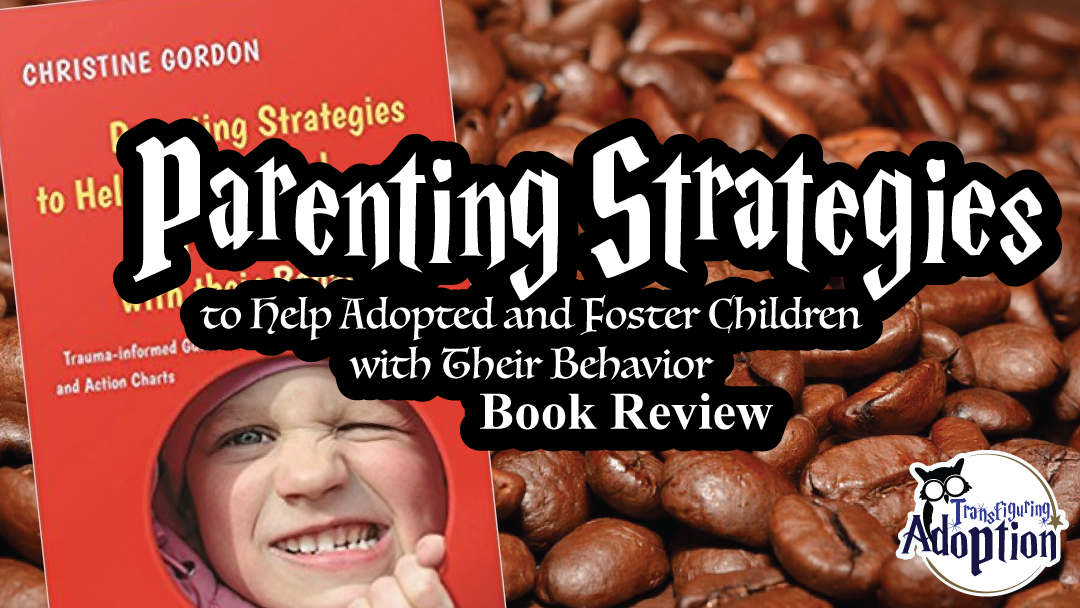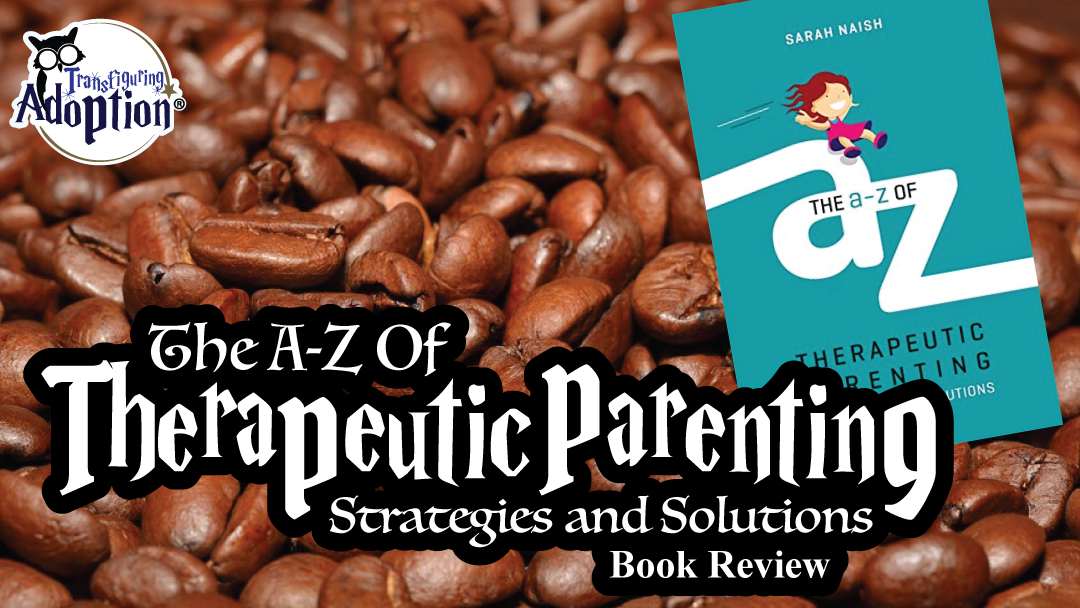Grade:
Transfiguring Adoption awarded this book 3 Hoots out of 5 based on how useful it will be for a foster/adoptive family. [Learn more about our Hoot grading system here]
From the Cover of Two Ways Home: A Foster Care Journey by Marion Rhines:
“10-year-old Levi has just joined a new foster family! Levi knows living with a new family can be daunting, but wants everyone to know about all the good things that can come from foster care. With vibrant watercolor illustrations and a kid-friendly story, “Two Ways Home: A Foster Care Journey” can help children learn more about their new situation and feel more comfortable with their foster family.”
Transfiguring Adoption’s Overview:
The target audience appears to be children who are in preschool and elementary school. This book was written for foster families to help foster children better understand their situation and the possible outcomes (returning home or being adopted). In an expository style, the main character, who is a foster child, describes what life is like in foster care. The book introduces many of the people involved in a foster child’s life. This is a valuable tool for a foster family to have in their hands to help a child understand on their own level a situation that is often difficult to comprehend. The reviewer and three former foster youth noted some thoughts and concerns explained in the cautionary points below.
The illustrations portray the daily life of the foster child through simple watercolors described as “nice” by one former foster youth. They match the cheeriness of the text. One reader expressed a desire that the illustrations have more depth and dimension. In the back of the book, readers learn that the illustrations were completed by a high school senior, Rebekah Wood, who is facing a chronic pain condition and using her art to share her experiences. We look forward to seeing her art develop over time as she hopes to illustrate many more children’s books in the future!
Overall, readers expressed a desire for more of a story line and character development to make the characters more relatable to children. Readers overwhelmingly felt the book was unbalanced toward positive emotions and did not validate the negative emotions, grief, and trauma felt by children removed from their birth families.
** Spoilers Could Be Ahead **
How Is This Relevant To Adoption & Foster Care?
This book was written with a foster care audience as the main target and is therefore very relevant. The story takes place in a foster home from the perspective of a foster child living in the home. There are other foster and adopted children in the home, and their stories are briefly discussed. The book touches on the different people involved in a foster child’s life, such as the caseworker, therapist, and a nurse who oversees medications.
Discussion Points:
- Daily life in foster care and people involved
Caregivers and children learn through this book some of the basics of the foster care process and who is involved in it. Levi discusses how each of these people help him. - Safe people
The discussion of the people involved in a foster child’s life can lead to a discussion of their roles and who are “safe people.” Boundaries within various relationships can be discussed. - Feelings
The main character mentions mostly a positive outlook about his situation with brief mentions of sadness and nervousness, which are quickly brushed over with distractions. Families will need to discuss and validate the full range of emotions experienced when entering, being in, and exiting foster care. - Foster care outcomes
This book provides a glimpse into two of the most common outcomes of foster care: returning home to birth family or being adopted. - Ways people show love or care
The foster parents show their love or support of the children and their birth families in various ways. This can begin broader conversations about how people show they care for others. - Sibling interactions
There are many children in the home. There are some brief mentions about how they all interact. This can be drawn upon to initiate further discussion. - Ways to feel connected to people
Levi states that he has a picture of his mom and stepdad right where he can see it in his room. Families can discuss how to feel connected to people they cannot be with every day.
Cautionary Points:
- Lack of balance
“Way too happy!” was the response when a former foster youth was asked to give thoughts on this book. On the first page, the main character states, “I live with a foster family because I can’t live with my own family right now, but that’s okay.” To the three former foster youths interviewed about the book, this statement is rather dismissive of the loss and grief caused by removal from everyone and everything a child knows, whether temporary or permanent, and being placed with strangers. An adult former foster youth was upset by the character equating being in foster care to “being on a long sleepover weekend.” At another point in the book, Levi mentions missing his family on holidays but quickly says that it’s okay because there are many connections with his foster family’s extended family. A former foster youth felt this implied that their birth family was easily replaceable. The overall feel of the book is very upbeat with a few mentions of sadness, which are quickly brushed over with ways the child overlooks these feelings with distractions. This could have a negative impact if a child’s negative emotions are not validated and acknowledged outside of reading this book. - Lots of disjointed information
One young reader described the book as “Kind of all over the place.” An adult former foster youth stated that the book was “a lot all at once that wasn’t…cohesive.” The readers felt this made the book lack a relatable story line as well as hard to follow. - Absence of passage of time
While not mentioning how long the children are in the home before returning home or being adopted may help not set up expectations for a child which will likely not match their situation, readers felt that the book moved so quickly from foster care placement to permanence so that it was not relatable or understandable. This could lead to unrealistic expectations. - Unrealistic or impractical at times
Some of the circumstances in the book are not practical in other homes. While different circumstances can be discussed after reading, many children who have experienced trauma are very concrete and will not be able to generalize concepts. For example, they may expect that their new foster family can stay up late watching movies like Levi’s family or that their foster parents will be able to be very active in their school activities. It has been the reviewer’s experience in working with families formed through foster care and adoption that most have to adhere to pretty predictable routines to help children’s trauma-related, negative behaviors not be triggered. This means late nights watching TV may not be a plausible reality. Also, many caregivers, especially those with as many children as Keith and Liz, are inundated with birth family visits, caseworker visits, therapy appointments, specialist appointments, and so on, making much involvement in school activities nearly impossible. Combined with the questions at the end of the book, there is an inference that this involvement shows they love the children. This could be damaging to a caregiver-child relationship if the child cannot understand that not doing these things does not mean they are unloved by their foster parents.
About the Author: Margie Fink
Margie Fink: Development Director
margie@transfiguringadoption.com
Margie received her degree in psychology and has worked in various social work capacities. Margie has been chosen in the past to speak on Capitol Hill about the Adoption Tax Credit. She is a witty foster/adoptive mom who is able to give kids from hard places loving structure while providing unbelievable homemade cooking. Margie co-founded Community Kids, a resource and networking 501(c)3 created to assist foster, adoptive, and relative caregiver families.
Check Out: Thoughts From A Foster-Adoptive Mom
**Transfiguring Adoption is a nonprofit organization seeking to nurture growth in foster and adoptive families by giving a HOOT about their families. Transfiguring Adoption does not intend for its reviewers nor its review to be professional, medical or legal advice. These reviews and discussion guides are intended to help parents to better be able to connect and understand their children who come from traumatic backgrounds.
